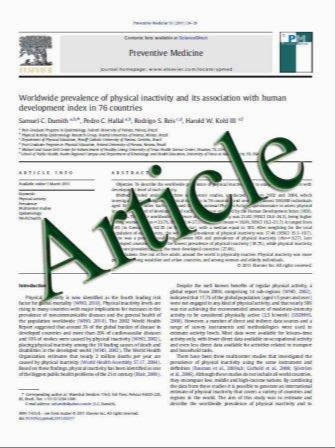Safety and Tolerability of High-Intensity Anticoagulation with Bivalirudin During Neuroendovascular Procedures
- نوع فایل : کتاب
- زبان : انگلیسی
- مؤلف : Ameer E. Hassan • Muhammad Zeeshan Memon • Alexandros L. Georgiadis • Gabriela Vazquez • M. Fareed K. Suri • Adnan I. Qureshi
- چاپ و سال / کشور: 2011
Description
Background Bivalirudin (Angiomax) is a direct thrombin inhibitor used in interventional cardiology due to its several distinct advantages over heparin, most notably a shorter half-life and a potentially superior safety profile. Bivalirudin is also safe to use in patients with active or remote heparin-induced thrombocytopenia. Our objective was to evaluate the safety and tolerability of high-intensity anticoagulation using bivalirudin during neuroendovascular procedures. Methods The bivalirudin dosing regimens reported in the cardiac literature were modified empirically for two different activated clotting time (ACT) target ranges. The low-dose protocol (ACT of 250 to 300 s) was used for embolization procedures and the high-dose protocol (ACT of 300–350) was employed for angioplasty and stent placement. The bivalirudin treated patients were matched for age, gender, and type of procedure with a random sample of patients who underwent neuroendovascular procedures with the standardized heparin protocol. The thromboembolic and hemorrhagic complications were compared between the two groups and bleeding complications were categorized as major (hemorrhage that was intra-cerebral or resulted in Hb decrease C 5 g/dl), minor, or insignificant. Results Bivalirudin was used in 30 patients with highdose and low-dose bivalirudin protocols used in 26 and 4 patients, respectively. These were compared to the 60 control patients who received heparin. There were no bleeding or thromboembolic complications in the bivalirudin treated patients; however one patient reported a transient headache. In patients treated with heparin, one bleeding complication of a groin hematoma was reported. Also one patient was found to have left-arm weakness following the procedure which was attributed to a new small middle cerebral artery ischemic event. Conclusions Our data supports that bivalirudin usage is likely a safe alternative to heparin for high-intensity anticoagulation in neuroendovascular procedures. Further studies are required for more definitive comparisons for efficacy and cost-effectiveness between the two agents
Neurocrit Care (2011) 15:96–100 DOI 10.1007/s12028-010-9421-7 Published online: 19 August 2010


